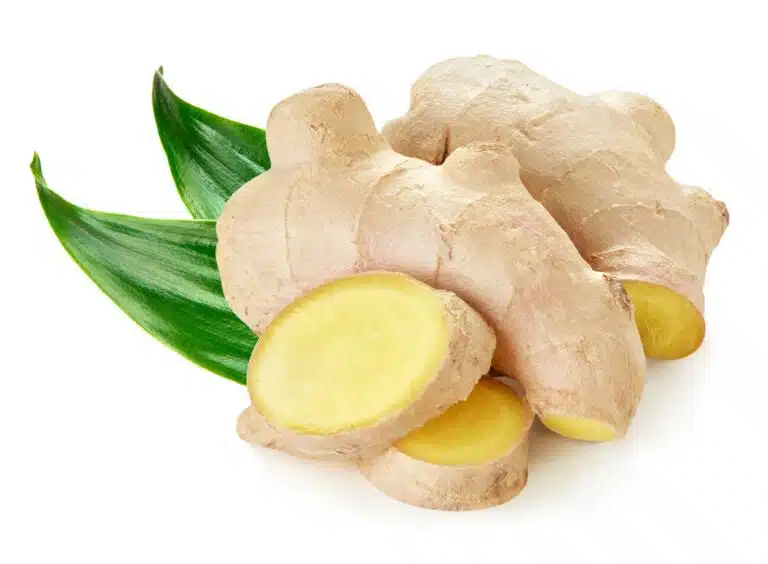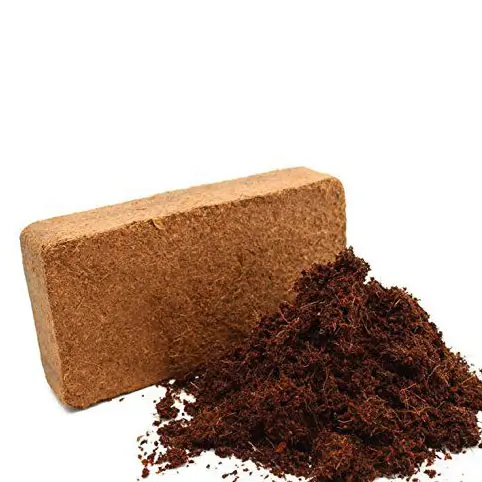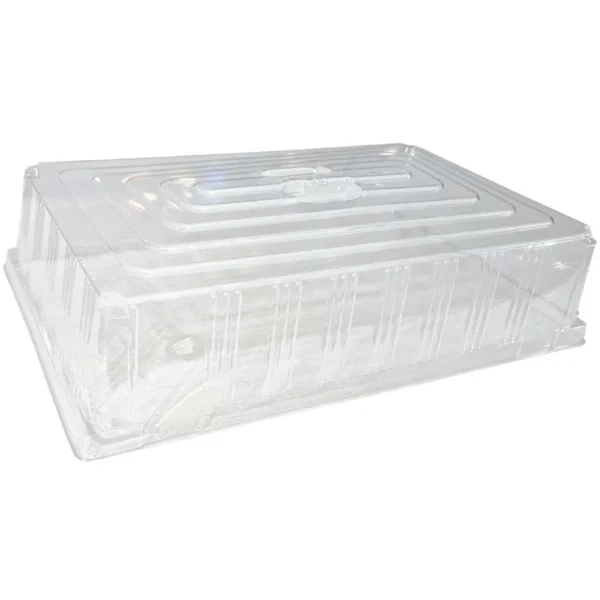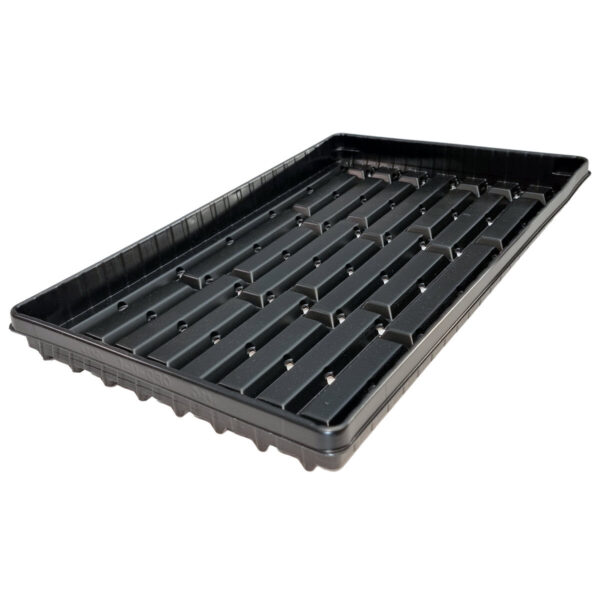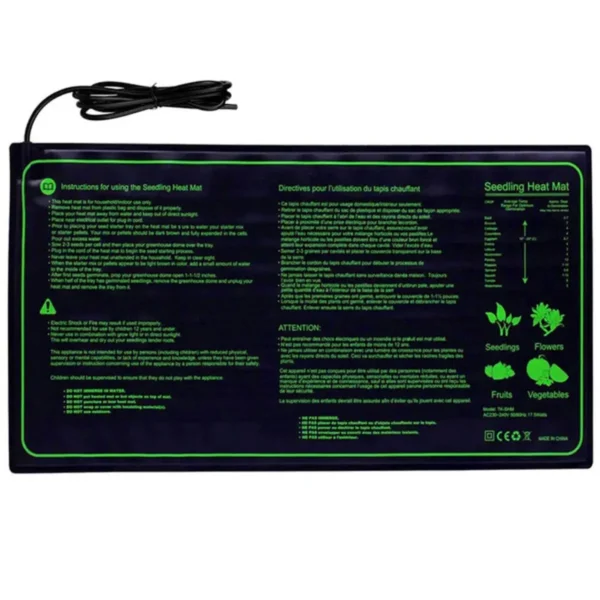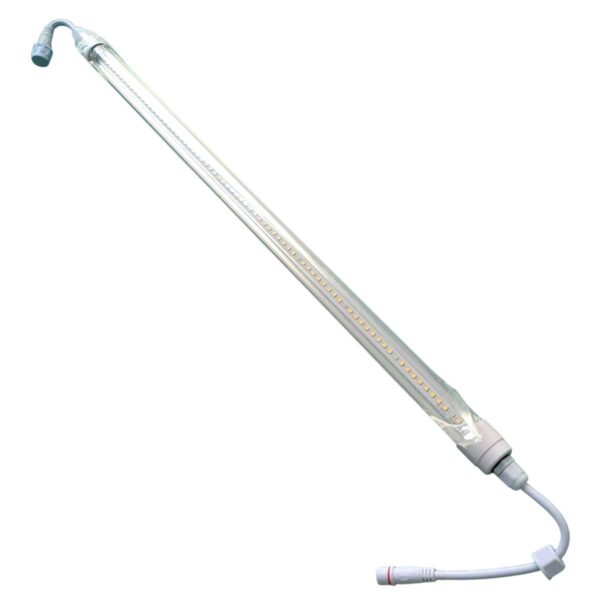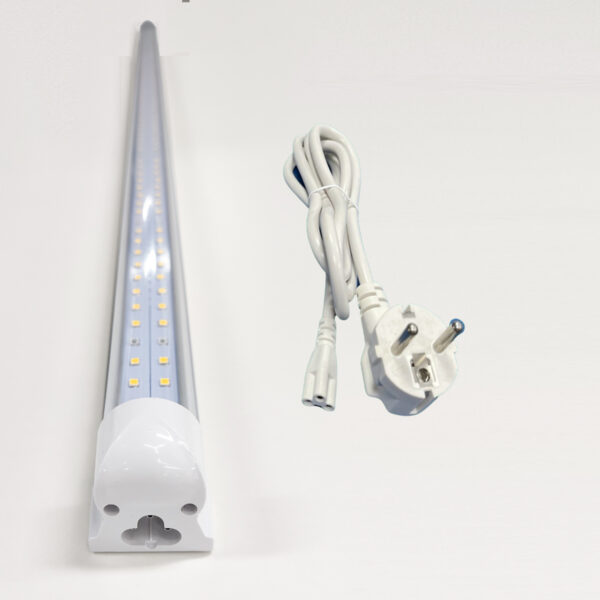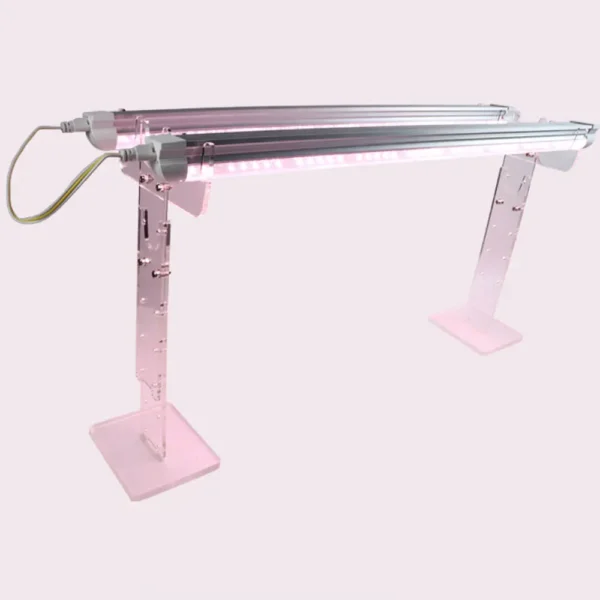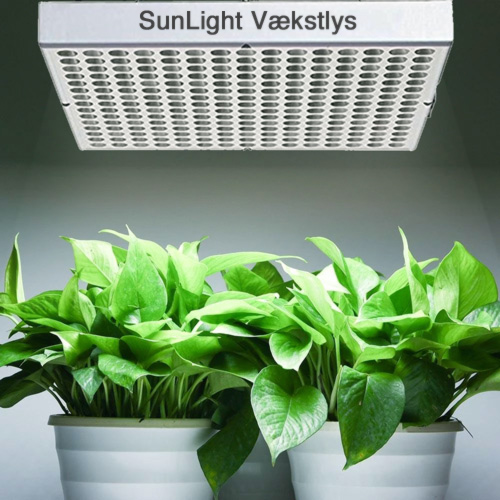Growing ginger at home is a fun and rewarding activity. Ginger is a perennial plant that thrives best in a warm, humid climate. If you want a good harvest, there are some things you need to consider before you start growing it. Here you will find a step-by-step guide, as well as tips and tricks to succeed with lots of delicious and healthy ginger.
Table of contents
ToggleChoose the right ginger plant
The first thing to consider when growing ginger is choosing the right plant. There are two types of ginger plants you can grow: Zingiber officinale and Alpinia galanga.
Zingiber officinale is the most common ginger plant used for cooking and medicinal purposes.
Alpinia galanga has a stronger flavour and is often used in Asian cuisine. In Danish supermarkets, you will typically find the Chinese variant, which has relatively large rhizomes.
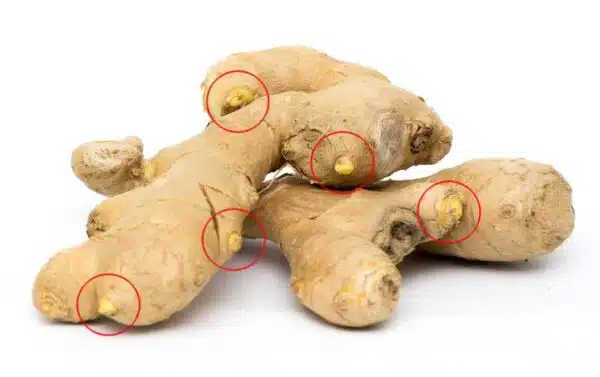
To be successful with supermarket ginger, it pays to look for rhizomes (ginger roots) with emerging shoots.
This way you have the best chance of getting a beautiful ginger plant quickly.
How to pre-sprout
If you would like to grow ginger at home, you can follow these steps:
- Buy some ginger rhizomes from a greengrocer or supermarket where you can see the budding buds.
- Cut the rhizome into smaller pieces with at least one bud on each part.
- Fill a large seed tray with moist coconut fiber without fertilizer, choose one with a transparent lid and a good base tray.
- Place the ginger pieces on top of the soil with a good distance.
- Cover the rhizomes with a thin layer of coconut fiber and water them well.
- Place the seed tray in a warm and bright place, for example you can use a heating mat under the tray to promote rapid germination.
- Keep the soil evenly moist, but avoid overwatering.
- After a few weeks the shoots will start to appear and you can move the plants to a bigger pot when they are big enough.
Remember that the plant is a tropical plant and it requires heat and high humidity to thrive.
Pre-germination in a mini-greenhouse
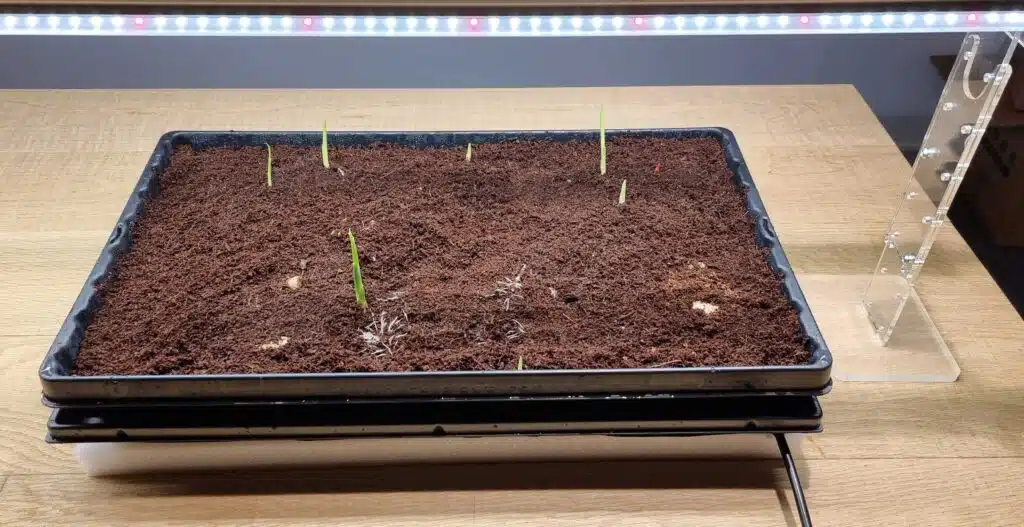
As ginger is a heat-loving plant, it is important to keep the growing medium warm and moist, but not soaking wet, as this will cause the rhizomes to rot quickly.
The most effective and fastest method is therefore to use a large mingreenhouse with tray that can be watered during growth.
Under the mini greenhouse, place a heating matUnderneath is a sheet of polystyrene or similar insulation to prevent the heat from disappearing into the table and being wasted.
-
Coconut mould - Plagron Cocos Brix - Coconut soil
- kr. 28,00
- Add to basket
- Rated 5.00 out of 5
Item no.: 28059 -
QuickPot Mini greenhouse lid 12 cm for Danish trays
- kr. 49,95
- Add to basket
Item no.: 28043 -
- Sale!
Microgreen tray with holes 48mm
-
kr. 69,00Original price was: kr. 69,00.kr. 65,00Current price is: kr. 65,00. - Add to basket
Item no.: 28046 -
Heating mat for sprouts and cuttings 25x50cm fits most plant trays
- kr. 297,00
- Add to basket
Item no.: 28006
Select grolys
Pre-germinating ginger in a mini greenhouse or a seed tray with coconut flour and grow light can optimise germination and growth in a controlled environment. Coconut soil is a sustainable, lightweight and well-drained medium ideal for ginger germination, and a mini greenhouse creates an ideal humid atmosphere. Here's a guide on how you can do this:
Equipment and Materials
- Ginger root: Choose a fresh ginger tuber with clear buds.
- Mini greenhouse or seed tray: These can be purchased at garden centres or online. A mini greenhouse with a lid helps to retain moisture.
- Ground coconut: A light, airy and well-drained growing medium that is excellent for seed germination and root development.
- Grow light: An LED grow light is energy efficient and produces a wide spectrum of light that is ideal for plant growth.
Step-by-step guide
Preparing the ginger tuber: Cut the ginger tuber into pieces so that each piece has at least one bud. Let them dry for 1-2 days to heal the cut surfaces.
Preparing Coconut Mould: Lightly moisten the coconut crumb. The coconut crumb should be moist but not soaking wet. Spread the coconut crumb evenly in the mini greenhouse or seed tray.
Planting Ginger Pieces: Place the ginger pieces flat in the coconut crumb with the buds facing upwards. Cover lightly with a thin layer of coconut mould. The distance between the pieces should be at least 5 cm to allow for growth.
Location under Grolys: Put the lid on the mini greenhouse or cover the seed tray to create a humid atmosphere. Place the mini greenhouse or seed tray under the grow light. Make sure the light source is positioned correctly above the plants - typically 30-60 cm depending on the light intensity.
Irrigation: Keep the coconut crumb evenly moist, but not saturated. It is important to avoid overwatering as this can lead to rot. You can use an atomiser to better control how much water the plant receives.
Ventilation: Open the mini greenhouse or lift the cover daily to allow ventilation and prevent excessive humidity, which can promote mould growth.
Care and Observation: Monitor the humidity and temperature levels in the mini greenhouse. Ginger thrives at a temperature of around 22-25°C. Use a light organic fertiliser when the shoots start to grow.
Harvest: Once the plants are mature and the leaves begin to wilt, you can harvest your ginger. This will typically be 8-10 months after germination.
Tips
- Humidity and temperature: A mini greenhouse helps maintain the high humidity and temperature that ginger loves.
- Fertiliser: Once the ginger plants are well established, you can start applying a weak solution of organic/organic liquid fertiliser at regular intervals.
- Patience: Remember, ginger is a slow-growing plant, so be patient.
By following these steps, you can create an optimal environment for growing ginger indoors, even in areas with limited natural light.
-
SunLight Pro-Gro T8 grow light fixture 18Watt 120cm
- kr. 299,00
- Add to basket
Item no.: 26086 -
- Sale!
SunLight Pro-Gro T8 grow light luminaire 12Watt 60cm
-
kr. 339,00Original price was: kr. 339,00.kr. 247,00Current price is: kr. 247,00. - Add to basket
Item no.: 26074 -
Grow light fixture holder
- kr. 249,00
- Add to basket
Item no.: 26076 -
- Sale!
Grow light LED pendant light 60° full spectrum white light SL250W
-
kr. 425,00Original price was: kr. 425,00.kr. 399,00Current price is: kr. 399,00. - Add to basket
Item no.: 26030
Planting
Ginger thrives best in soil that is rich in organic matter and has a pH between 6.0 and 6.5. Prepare the soil by digging it well and adding compost or other organic matter. Then plant the ginger tubers in the soil, about 2-5 cm deep.
Make sure the tubers have plenty of space around them to grow and develop.
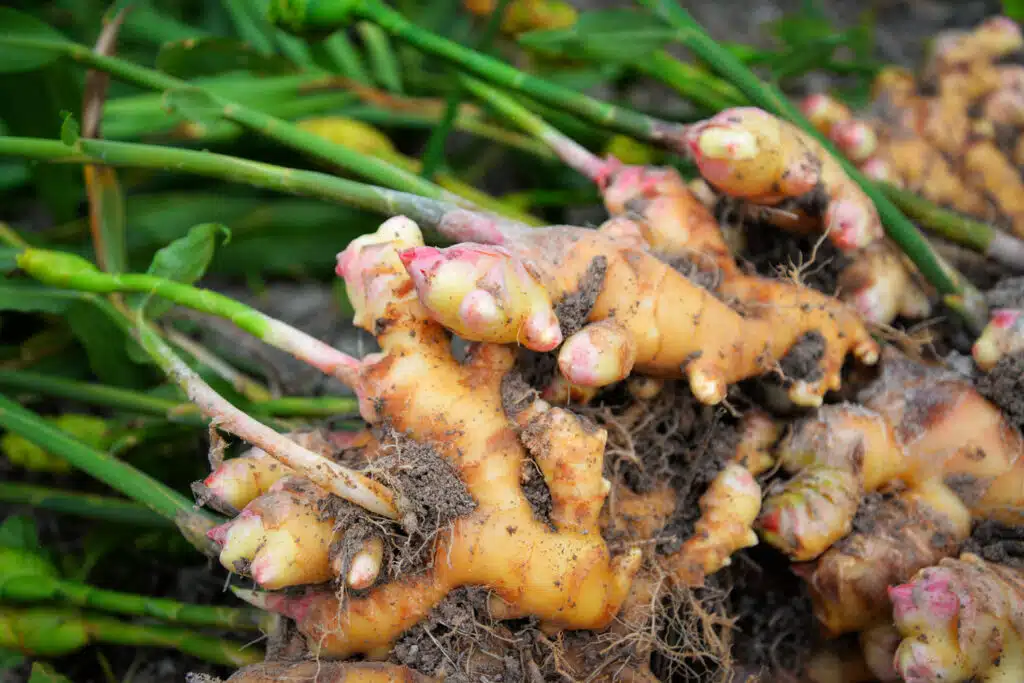
Water and fertilize the ginger plants regularly
Ginger plants need plenty of water and nutrients to thrive. Make sure to water your ginger plants regularly and add fertiliser once a month. Use a fertiliser rich in nitrogen and phosphorus to help stimulate growth.
Prune the ginger plants
Ginger plants can get quite tall, so it's a good idea to prune them so they don't take up too much space in the garden or greenhouse. Prune the leaves and stems when they reach a height of approx. 60-90 cm. This will help promote the growth of the tubers.
Harvest at the right time
The ginger root can be harvested when the plant is approximately 8-10 months old. This is done by digging up the plant and carefully removing the soil from the root. You can then cut off the parts of the root you want to use with a knife or scissors. You can also choose to save some of the root for later use. It is important to be careful when harvesting so as not to damage the root.
Dry and store ginger properly
After harvesting, ginger must be dried and stored properly to maintain its flavor and quality. Rinse and dry your ginger tubers thoroughly and cut them into small pieces. Spread them out on a baking sheet and let them dry in the sun or in an oven at low heat for a few hours until they are completely dry. Store the dried ginger pieces in an airtight container in a dry place.
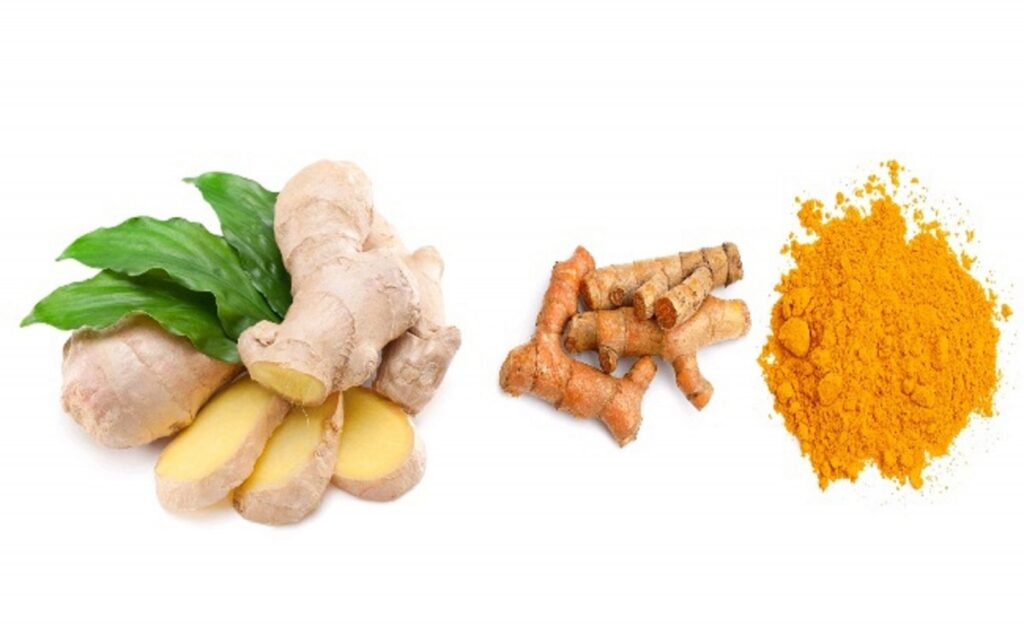
Conclusion
Growing ginger can be a fun and rewarding experience, but it does require some knowledge and effort to get a good harvest. With the tips and tricks we have shared in this article, you can increase the chances of having a successful ginger harvest. Remember to choose the right ginger plant, prepare the soil and water and fertilize the plants regularly. Prune your ginger plants and harvest the tubers at the right time. Finally, dry and store your ginger tubers properly to preserve flavor and quality. With these tips, you can grow healthy and tasty ginger in your own garden.
FAQ
Can you grow ginger outside?
It can be quite challenging to grow ginger outdoors in Denmark. The ginger plant prefers a rather high temperature, and at home it is rarely warm enough. In order to thrive as best as possible, the ginger should preferably have at least 20 degrees and ideally up to 30 in the middle of summer. Therefore, it is actually best to grow ginger in a greenhouse, where you can create the optimal conditions.
Where does ginger come from?
The plant originally originates from Southeast Asia, specifically from the area around India and China. It has been known and used as a spice and medicine for more than 5000 years. It was first introduced to Europe by traders in the Middle Ages and has since spread to the rest of the world. Today, the plant is cultivated in many different countries, including India, China, Thailand, Nigeria, Nepal, Jamaica and Australia.
Can you grow ginger yourself?
It is possible to grow the root yourself, although it may require some patience and care. You can buy a ginger root from a supermarket or nursery, which you can use as a starting point to grow your own plant.
When to plant ginger?
In Denmark, you can start the plant indoors in January or February - start the pre-germination in a large tray with a lid and use coconut fiber for the pre-germination, remember to use under heat to get a faster and safer result.
Can ginger stand in direct sunlight?
The plant does best in direct sunlight in the morning and afternoon. But they should be protected from the strong sun in the middle of the day. If the plants are exposed to too much heat and dry out, it can negatively affect their growth. Therefore, it may be a good idea to place the plant in an area with partial shade in your greenhouse, or an area with filtered light from a fiber cloth.
How often should you water ginger plants?
Ginger plants need to be watered regularly, but they don't like too much water. The soil should be kept slightly moist, but not soaked. As a rule of thumb, you can water it 1-2 times a week, but it depends on the temperature and soil moisture. It is important to ensure that the water drains well from the ground, so that the roots do not remain in water.
Is ginger perennial?
Ginger is not a perennial plant in Denmark. It grows as a perennial in tropical climates, but in Denmark the plant is usually grown as an annual crop in greenhouses. After the harvest, the plant usually dies, but it is possible to save part of the root and replant the next season if you want to continue growing next year.
Can you eat the leaves from ginger?
It is possible to eat the leaves from the ginger plant, but they are not considered as tasty or nutritious as the ginger root. The leaves can be used as a flavor enhancer in sauces, soups or in tea. However, it is important to note that some people may have an allergic reaction, so it is recommended to start with small amounts and be aware of any reactions.
When should you not eat ginger?
In general, ginger is a safe food and can be eaten by most people in moderate amounts without any risk. However, there are some cases where one should be careful about consuming the plant root.
Is it dangerous to eat too much ginger?
In moderate amounts, ginger is generally considered safe for most people. But eating too much can have certain side effects and can be harmful for certain groups of people.
Eating large amounts of the root, for example, can irritate the stomach and lead to stomach problems such as abdominal pain and nausea. In addition, it may increase the risk of bleeding, especially in people with bleeding disorders or people taking blood-thinning medications.
Pregnant women should also be careful about consuming too much ginger, as it can increase the risk of premature labor or bleeding. It is recommended that pregnant women stick to moderate amounts of ginger and consult their doctor if they have any questions or concerns.
In general, ginger can be eaten in moderation as part of a healthy and varied diet, and many people enjoy its taste and beneficial properties.
Is wild ginger poisonous?
Wild ginger plants are not poisonous. But it is important to be aware that there are other plants that may look similar, and some of these plants may be poisonous. Therefore, it is always a good idea to check whether you have the right plant before eating anything from it.
Can ginger be confused with other plants?
In Denmark, the ginger plant can be confused with the forest mark, as both plants have a similar shape on their roots. Skovmærke is a wild plant that grows on the forest floor and is also known for its medicinal properties. It is important to be aware of the difference between the two plants, as sycamore can be toxic if consumed in large quantities.
Is Danish ginger poisonous?
Danish ginger, also known as aron's stick (Arum maculatum), is poisonous. All parts of the plant, including the leaves, stem, and roots, contain potent toxins that can cause severe irritation to the mouth, throat, and digestive tract if ingested. In addition, plant sap and dust can also cause skin irritation and allergic reactions. So it is important to avoid confusing Danish ginger with the edible version and avoid consuming any part of the plant.


